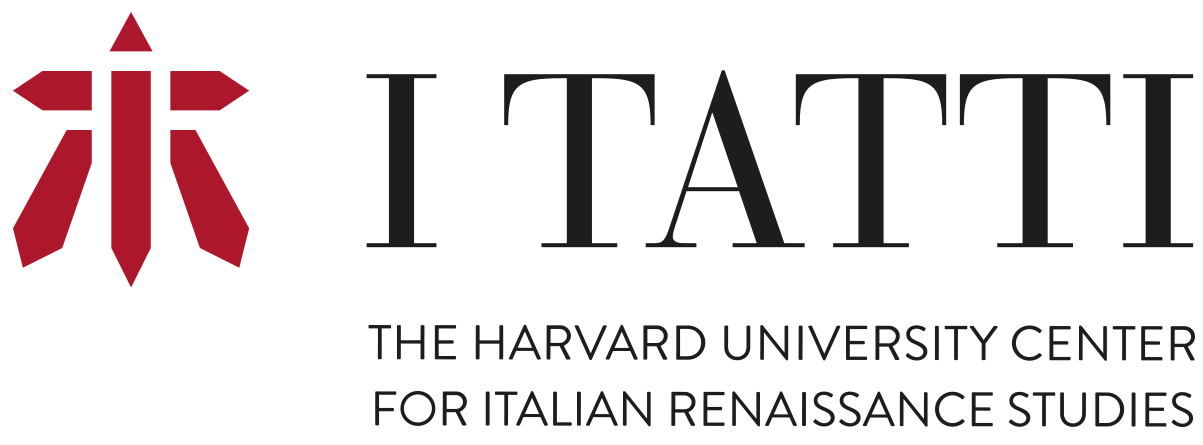Date:
Location:
On 20 February 1580, Alessandro Valignano and other Jesuits set out from Japan for Spain and Italy with the Tensho Shonen-shisetsu, that is, the Boys' Delegation to the West during the Tensho Era (1582-1590). The mission, to the courts of Philip II of Spain and of Pope Gregory XIII, was conceived by Valignano to introduce the Japanese to Europe, to win support for the Jesuit mission in Japan, and to promote the success of the seminaries founded at Kyoto and Kyushu. Many details about the mission survive in nearly fifty contemporary reports published all over Europe. Valignano brought four young students from the Jesuit seminary in Arima: Mancio Ito and Miguel Chijiwa as delegates, and Julian Nakaura and Martin Hara as assistant delegates. They were received as nobles in Europe and sent back with many gifts. More importantly, the Pope granted the Jesuits the sole right to preach in Japan. Upon their return to Japan, however, the delegation discovered that the military leader Toyotomi Hideyoshi had issued an edict of expulsion against the Jesuits in 1587. Today, the embassy to Europe is still remembered as a highly important historical event in Japan.
Such is the story that Ilaria Andreoli, Florence Gould Fellow, recounted at I Tatti in Florence Gould Hall on 14 June. She illustrated her lecture, “Italy 1585: Four Samurai and their Gifts,” with beautiful images showing the gifts the boys brought from Japan and those they received in exchange from the nobles across Europe. These objects were brought back to Japan and, as demonstrated in the lecture, some became part of the local artistic culture. A 1570 map by Abraham Ortelius, for example, was reproduced on a remarkable screen painted in Japan.
The memories and glories of a cultural bridge created more than 400 years ago between Italy and Japan also inspired an excellent concert on 14 June, in the splendid setting of the Myron and Sheila Gilmore Limonaia.
Manuela Michelloni and Francesco Zimei
